A Glimpse into the Future – Exploring Esztergom and Párkány with Future Me
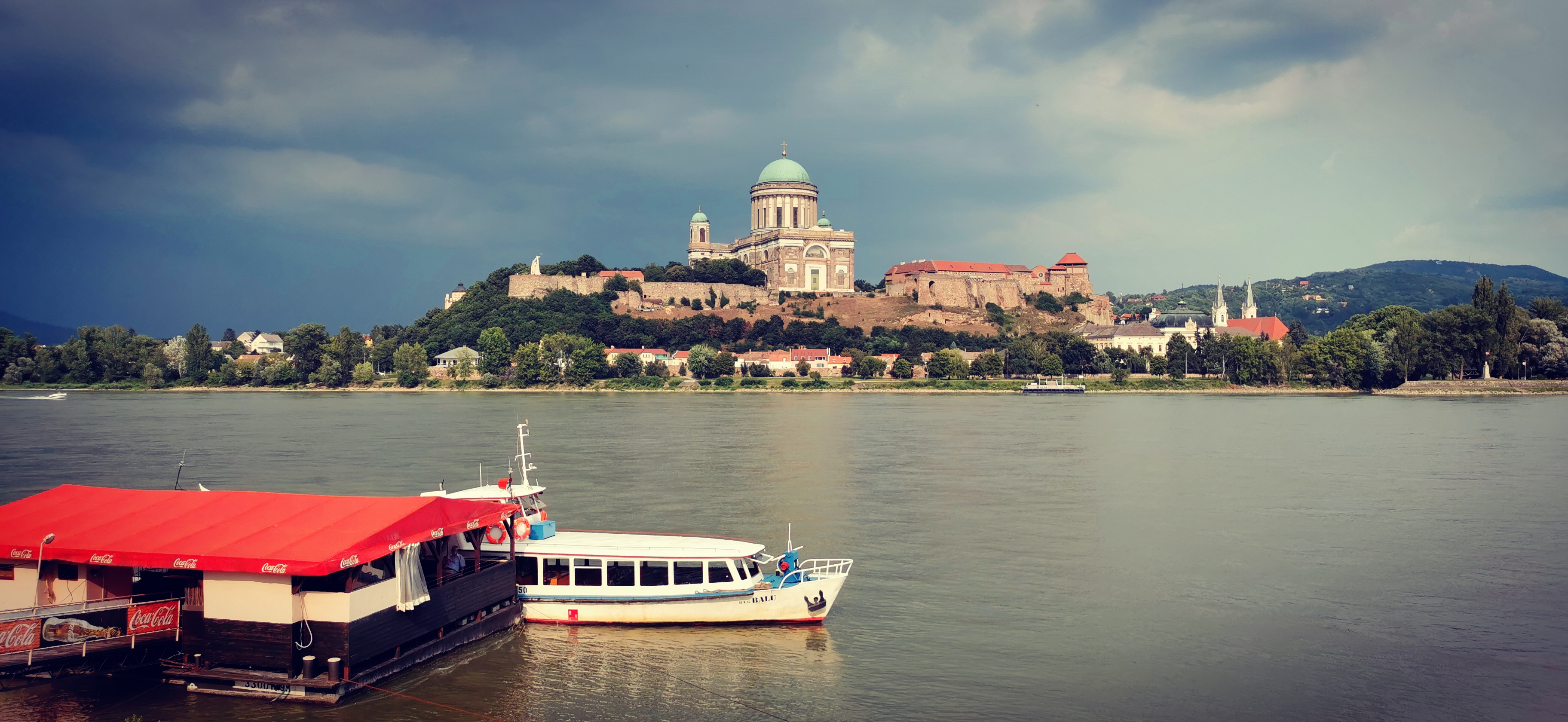
When I was a kid I had a naive idea of what my adult life would look like, and naturally it turned out much different. With a more mature mind I’m now able to recognize characteristics in people that might more accurately predict what I might be like 20, 30, or 40 years down the road – should I happen to live that long. Péter always worries whenever I visit that the language barrier between us might be too wide for me to tolerate for any length of time – in fairness perhaps he finds it intolerable – but regardless, he’s always scheming and designing some sort of plan for me whenever I visit, lest I should become bored of tiny Dorog. When I arrived, he had already made a date for me to meet his good friend Szölgyémy Pál, or “Pálcsi”, who he swore would be the most interesting man I would have the chance to meet.
Dorog is just 10 kilometers south of Esztergom, where Pálcsi lives, and whose basilica dominates the south side of the Danube river right on the border with Slovakia. It was the site of St. Stephen’s coronation which represents the birth of the nation, and the state, now known as Hungary. Péter drove me into town and dropped me off at Pálcsi’s door where I was invited out of the scorching summer sun by a man approaching his eighties but still with a spring his step. Pálcsi’s reputation preceded him. He spoke English wonderfully, which was one of the major reasons Péter was keen for us to meet, but he was also able to boast having visited some 180 countries, and as a traveler I was keen to hear about all of them.
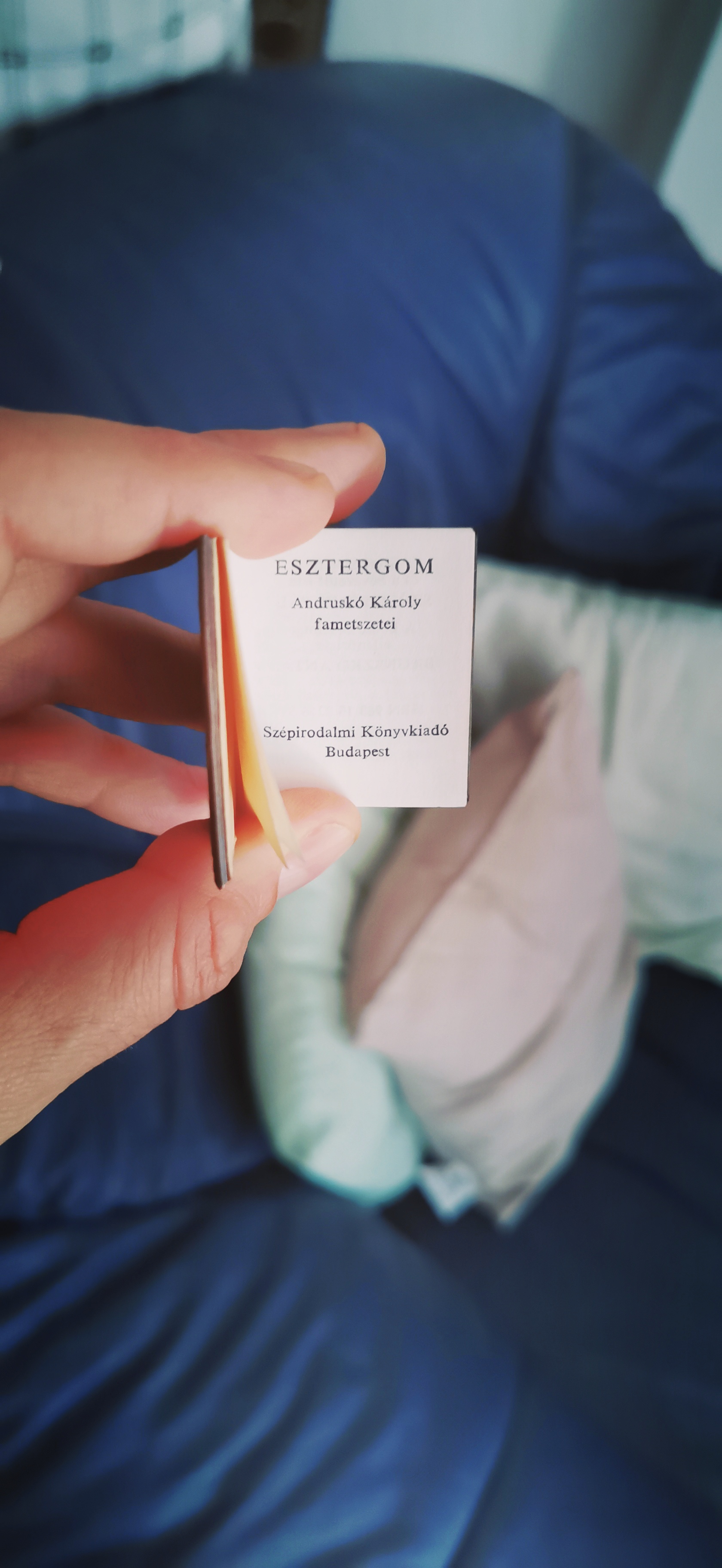
Taking a break from the hottest part of the day we sat in his large, but modest and sparsely furnished, apartment where he introduced me to his collection of small books, some of which he had made himself – a collection of nearly 2000 books that occupied just a couple of small shelves in his parlour. Pálcsi’s life today is fairly simple and oscillates between Esztergom in the summer and Pattaya, Thailand, in the winter. He described his life in Thailand as operating according to a strict set of routines beginning with exercises and swimming in the morning, a rest in the middle of the day, ping-pong and revelry in the afternoon and early evening with compatriots who all gather together at the same resort every year, and then an early bedtime so as to be able to do it all again the next day. “My program in Hungary,” he went on, “is the same, but in Hungary, and you know there are some differences.”
We hopped in his car and headed north over the border to Slovakia and a spot just outside Kamenin where there is an old World War II Russian tank. He bemoaned the fact that once upon a time the tank was simply just there. He told me the story about once bringing a friend of his to see it, 20 or 30 years ago, and back then you could pull open the hatch and climb inside, but now the hatch had been welded shut. The remains of a crumbling old csárda lay in ruin just one hundred metres away. “It used to be very popular,” Pálcsi pointed out, “but now it’s closed. Like the tank’s hatch, it’s closed because of tourism.”
Pálcsi told me the story of visiting Iraq back in the 1970s right as the 2nd civil war broke out. “I got a message from the embassy,” he said, “explaining that it was no longer safe to be in the country and that there would be a convoy heading to Syria that night. So there I was at the back of a UN convoy driving through the desert in my Trabant*. I’ll never forget when at one point I had to change gear, so I grab the gear stick which was right next to the wheel not, you know, down here (he motioned to his side to where the space between the driver and passenger seat was and where you’d expect the gear box on a manual transmission car to be) and I change gear and all of a sudden the stick comes out. There I am rolling behind the convoy with the gear stick in my hand in the middle of the night and thinking ‘uh oh’. So I jam the stick back into where it came out and, you know (he starts to make machine noises and screeching), and sure enough I got it back in there and just continued driving.”
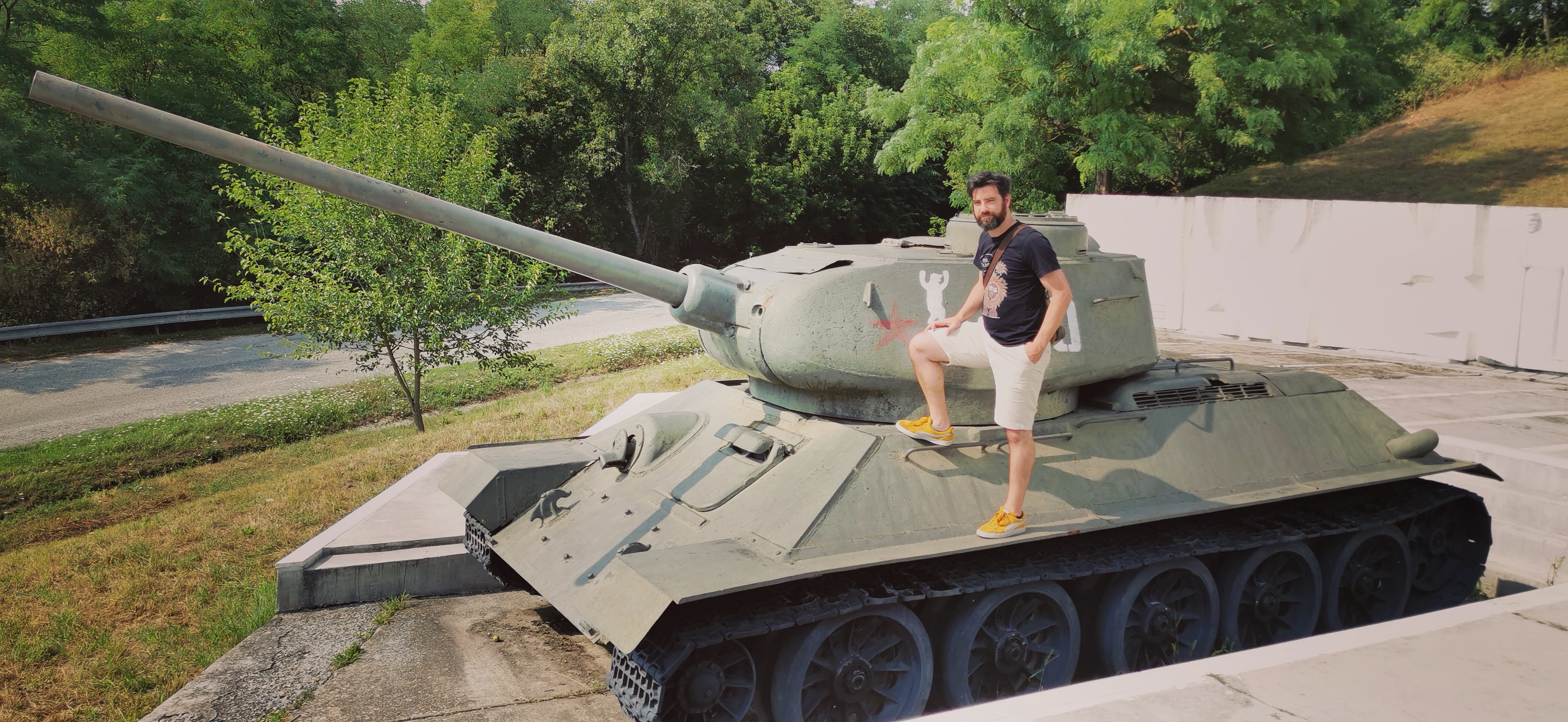
Pálcsi was single and never had any children. “You see,” he said, “I made the mistake of getting married too young and it didn’t work out. I was only 48 when I got married and, as you can imagine, I still didn’t know what I wanted out of life.” I’m not one hundred percent sure because I was trying to get the rest of the details of his personal life from Ani who doesn’t speak any English, but it was my understanding that he had married an Arab girl during his time in North Africa (Pálcsi had worked for almost a decade in Libya in the early years of Gaddafi’s reign as a mining engineer) and eventually she tracked him down, a decade later, looking for his money.
We strolled through Sturovo (or Párkány as it’s known in Hungarian) and ate sweet cakes where Pálcsi told me more about the countries he had visited. I was keen to find out what had been his favorite places to visit as well as what places he would never go back to. His approach to the question was very frank. “You know, Ian,” he said, “every country has something special. If you can find it, that’s good. You know I had a very difficult time when I visited parts of West Africa and I found that the people were angry and were constantly trying to take advantage, or steal, from me. But that is just my experience. That doesn’t mean that there is nothing to love there, or one shouldn’t visit, only my experience did not lend itself to fond memories.”
Pálcsi proved himself to be a formidable guide who was equal parts informative and entertaining. As we walked along the main throughfare through Párkány we would pass a cake shop and he would ask if I wanted some sweets, to which I would decline. Twenty meters down the road there would be another cake shop and he would ask again with a wink and a smile to which I’d laugh. “I don’t know, this could be the last one,” he’d say smiling and sure enough there would be another cake shop twenty meters down the street again and the joke would repeat.
The area of Esztergom and Párkány changed hands several times over the course of the second world war and there is a special army cemetery dedicated to the soldiers and officers of the Soviet army who died there. As we were leaving Pálcsi served up this delicious anecdote:
“Prime Minister Kadar† was visiting Israel with a delegation and was invited to visit their military cemetery to lay ceremonial wreaths. At the end of the ceremony Kadar asked: ‘Aren’t we going to make a dedication at the grave of the unknown soldier?’ The Israeli officials got together to discuss for a moment and asked Prime Minister Kadar to wait 30 minutes so that they could arrange it. They led Kadar and the delegation to a small grave at the edge of the cemetery to a stone that read Bergen, István and stated that this was the grave of the unknown soldier. ‘Wait a moment,” Kadar interjected. ‘I know this man! He was from my home town and he would give me sweets at his shop. This can not be the grave of the unknown soldier!’ To which the Israeli officials replied, ‘Yes, he was beloved by all in his village as a shop owner, but as a soldier he was not well known’.”
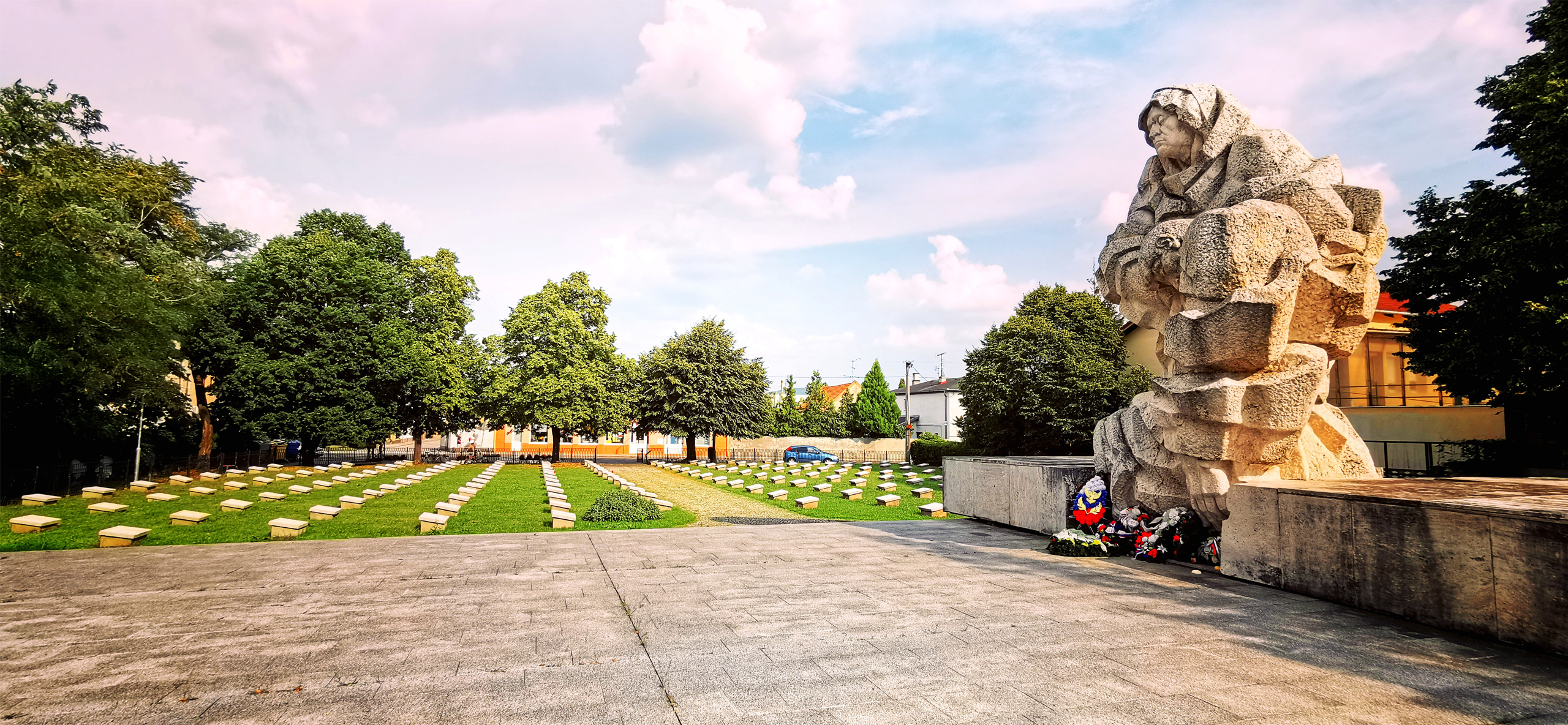
Storms were brewing in the distance as the basilica across the river in Esztergom looked on, so Pálsci and I got back in the car and headed over the bridge back to Dorog where we enjoyed one of Péter’s mixed grill suppers and more chit chat and where Pálcsi played the role of translator. Pálcsi always had a way of speaking as though he didn’t have a care in the world. He spoke like a wise old man who had seen and done it all but still got a kick out of doing it all again. He enjoyed explaining all the ways in which he looked great for his age and would point out with a wink about how in a few days a “young woman”, aged 82, was coming to visit him. “You see,” he said, “I have a thing for older women.” You could put Pálcsi just about anywhere with nothing more in the landscape but a rock, or a plant, and he’d be able to tell a story or have that rock or plant transport you to somewhere he’d been. He was able to find a joke or thread of wisdom from every piece of scenery or change in air pressure. There was always something to learn or teach and what made him all the more charming was the fact that although he always had something to say he was equally curious in me and what my plans were, or what my impressions of a life spent on the road had been.
Meeting Pálcsi I couldn’t help but conceive of a possible future where a great nephew or niece comes to visit a distant relative and they are redirected to me. My fingers are crossed that I live well until then, and that I have more stories to tell, and still have a spring in my step, and can make the kid laugh.
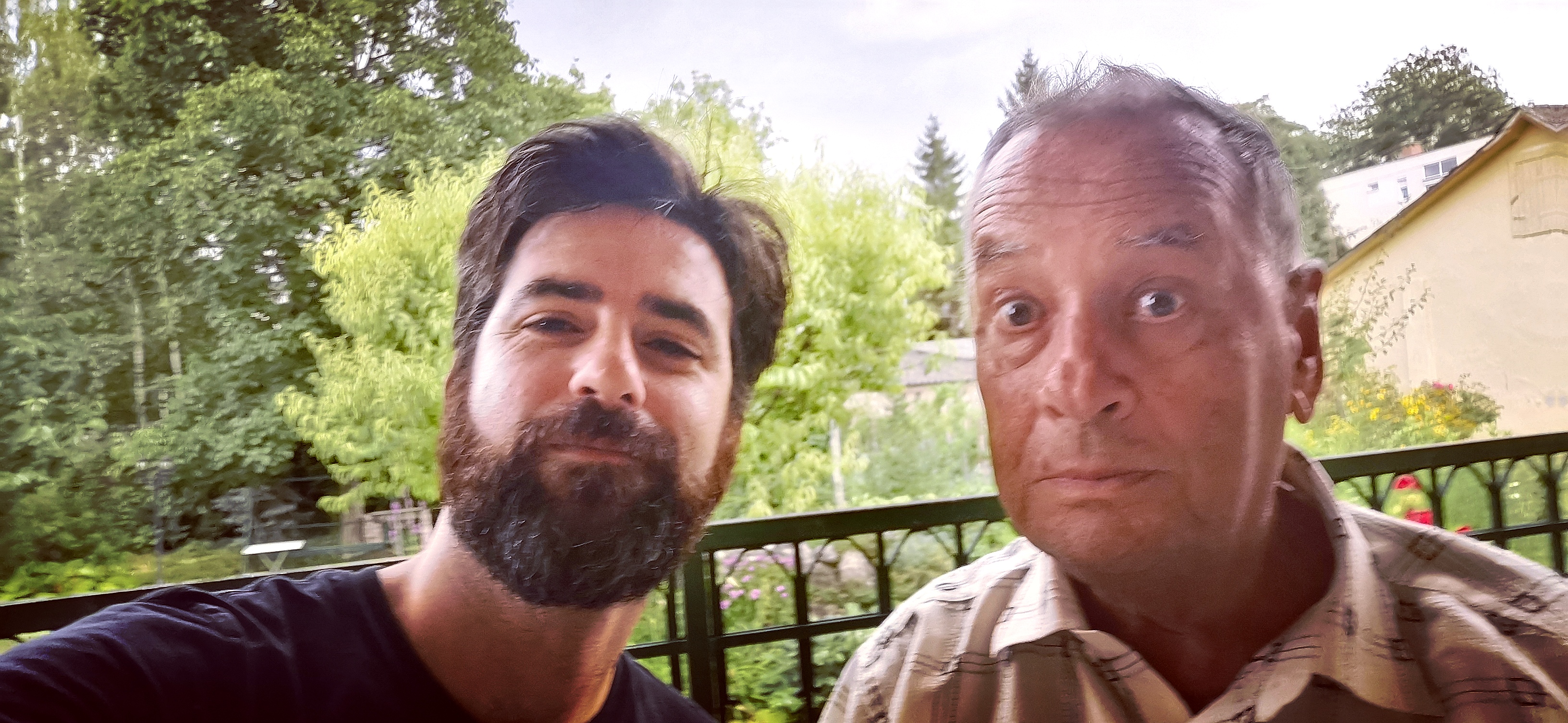
* For anyone not in the know, the Trabant was an automobile that was manufactured in the old East Germany and was the symbol for the philosophies of automotive engineering of the old Soviet Bloc. It was made of a composite plastic known as duroplast and had a two-stroke engine. For three decades its basic design remained unchanged and because it was state owned it could take would-be owners up to a decade to acquire one. Due for a comeback in this humble author’s opinion.
† János Kádár was the General Secretary of the Communist Party and de facto leader of Hungary, hand picked by the Soviets after the Hungarian Revolution, from 1956 until his retirement in 1988. He died a year later just a few months before the formal end of the regime. His time as the Hungarian head of state is often referred to as the Kádár era.